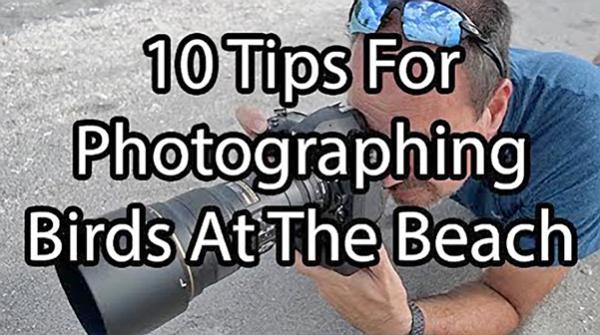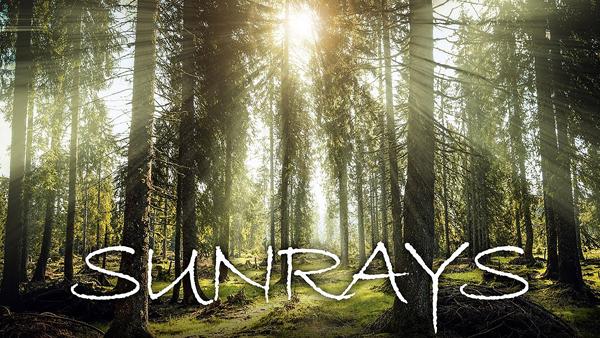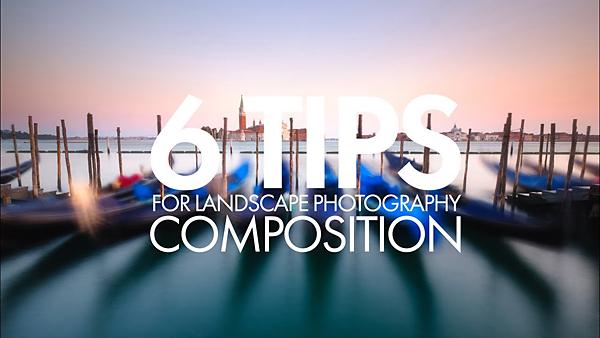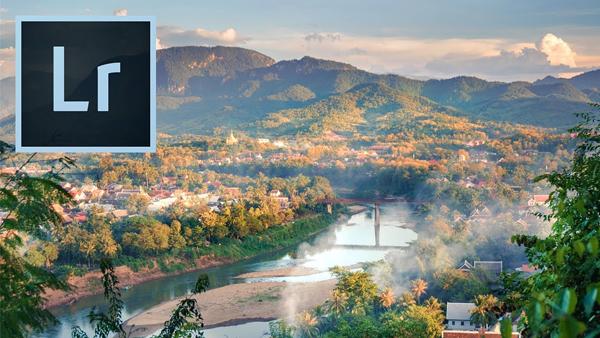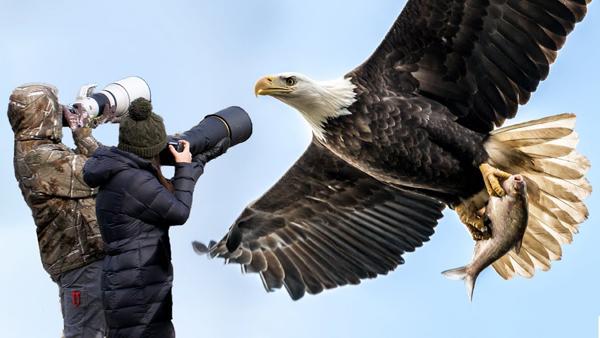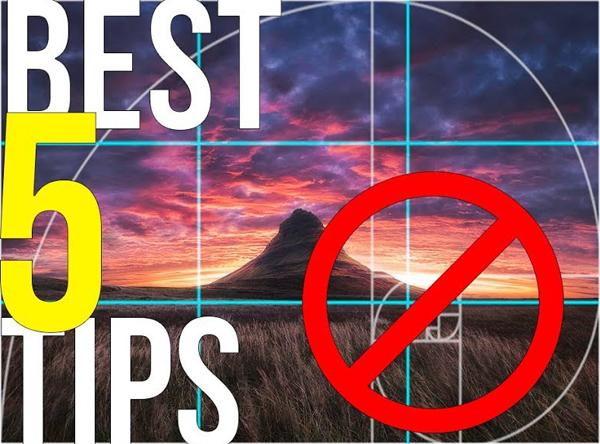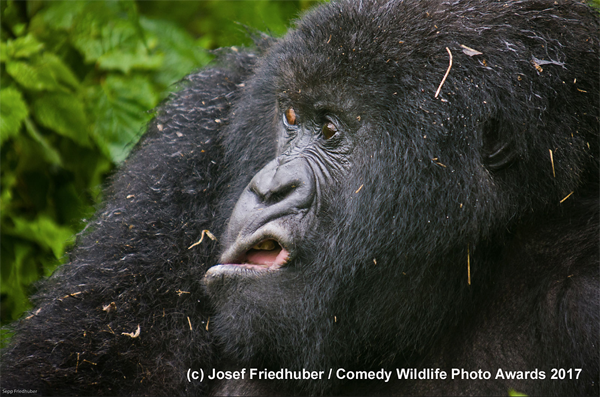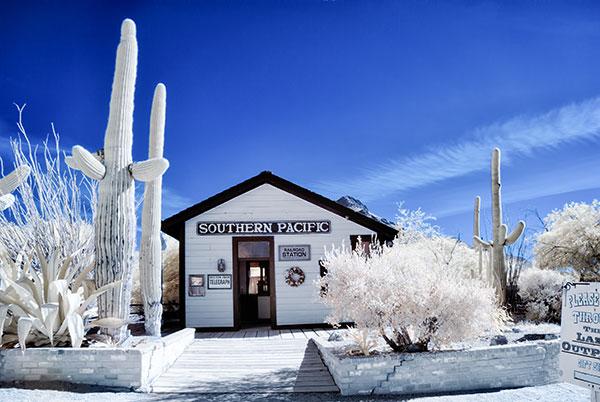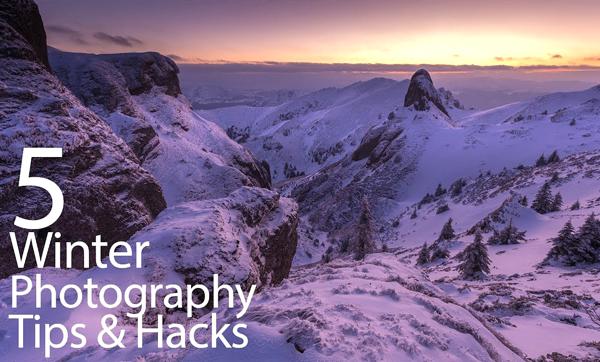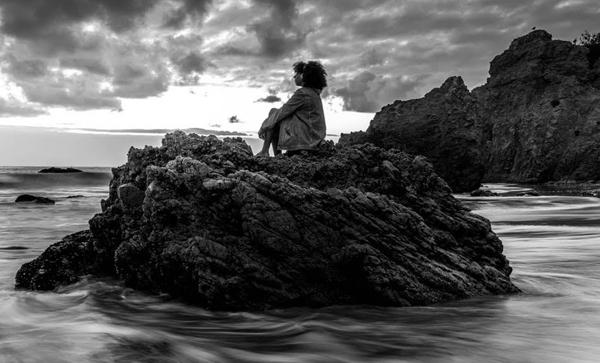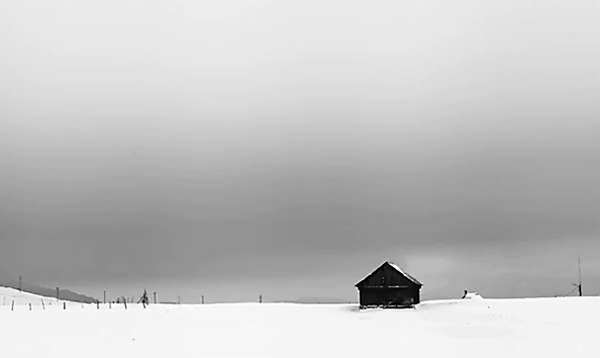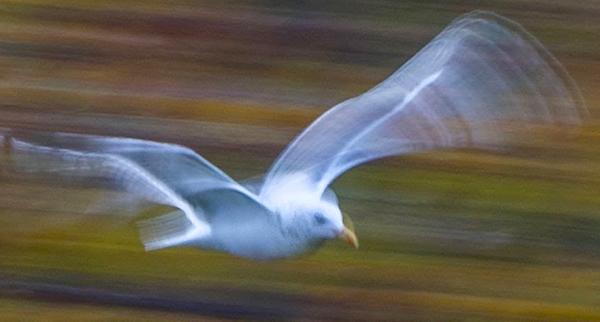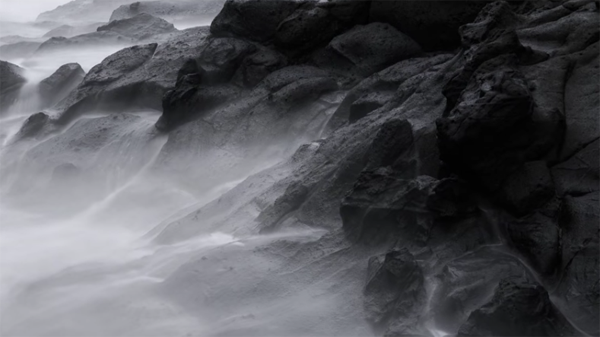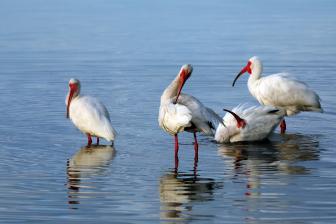|
Jan 05, 2018 |
|
Jan 04, 2018 |
|
Jan 03, 2018 |
|
Jan 02, 2018 |
|
Dec 28, 2017 |
|
Dec 22, 2017 |
|
Dec 14, 2017 |
|
Dec 11, 2017 |
|
Dec 05, 2017 |
|
Dec 04, 2017 |
|
Dec 01, 2017 |
|
Nov 28, 2017 |
|
Nov 27, 2017 |
|
Nov 22, 2017 |
